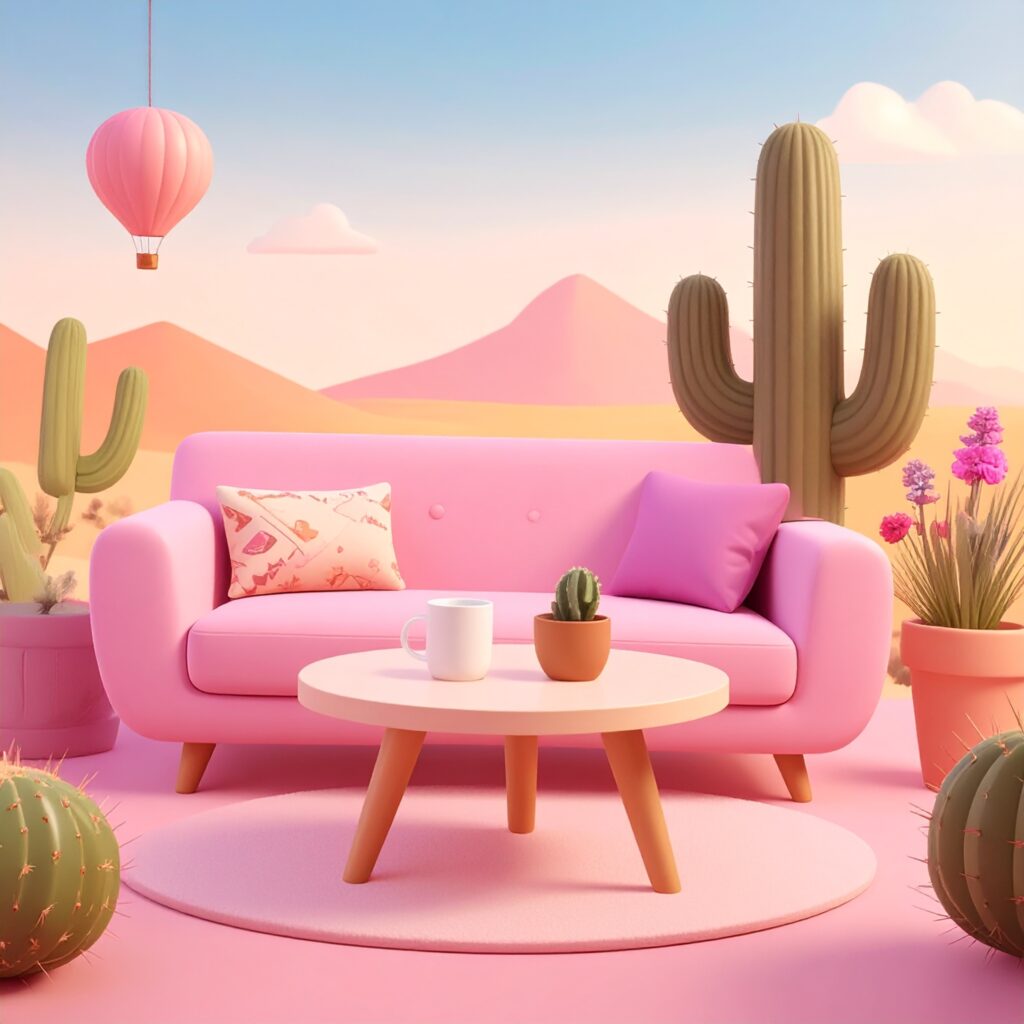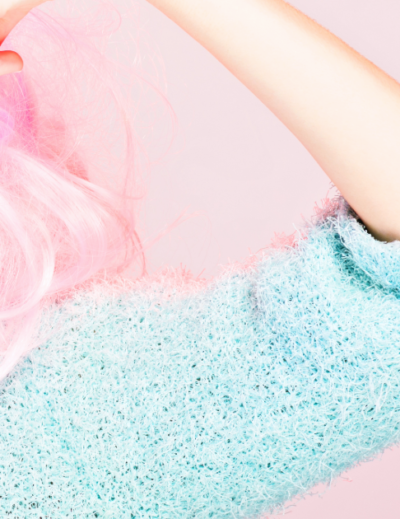
4 Must-Watch Japanese Netflix Series & Films That Reveal the Hidden Depths of Japan’s Culture and Creativity
Imagination
Japan is not just a place—It is the quiet brushstroke in a Zen garden, the pulse of an electric Shibuya night, the nuanced tension between reverence and rebellion.
For the intellectually curious and aesthetically attuned, Japan offers an endless archive of inspiration. From historical enigma to kawaii pop surrealism, its cinematic landscape reveals not only beauty but also depth—a complexity that lives at the intersection of tradition and transformation.
Here, I invite you on a curated journey through four Japanese films and series currently on Netflix. Each reflects an intimate layer of Japan’s creative soul—a mirror of its cultural psyche, past and present. Whether you are a lifelong learner or a passionate aesthete, these visual stories offer far more than entertainment. They are portals into the poetic, provocative, and poignant narrative of Japan.
Table of contents
Kubi — Beheadings and Beauty in the Sengoku Era
Few filmmakers can juxtapose brutality with such elegance as Kitano Takeshi. In Kubi—a historical drama set during the Honnoji Incident of the Sengoku Era—Kitano paints Japan’s violent feudal past with ironic refinement. The film’s title, Kubi (首), meaning “neck,” alludes to the ancient tradition of beheading, not merely as punishment, but as spectacle, proof of victory, and a complex ritual of honor.

Despite its cruelty, the film unearths a delicate aesthetic: a choreography of shadows, silks, blood, and silence. Kitano doesn’t simply retell history—he reframes it through a painter’s eye and a comedian’s wit, echoing the absurdity and artistry of existence itself. Kubi is not for the faint-hearted, but for those intrigued by the duality of destruction and beauty, it is a masterwork.
Golden Kamuy — Forgotten Gods, Hidden Histories

Adapted from a manga, Golden Kamuy is an action-filled quest that uncovers a rarely discussed truth: Japan was not always a homogenous society. Set in Hokkaido, the narrative brings into focus the Ainu people—an Indigenous group whose culture was gradually erased in the name of progress and imperial ambition.
Kamuy, meaning “god” in the Ainu language, becomes a metaphor for lost identity. The story unfolds as a treasure hunt, but beneath the gunpowder and gold lies a history of internal colonialism, of erased voices. In a nation where mainstream dialogue often sidesteps racial and ethnic diversity, Golden Kamuy is quietly radical. It’s an invitation to reconsider what we think we know about Japan.
My Melody Kuromi — Sweetness and Subversion in Kawaii Culture

What does it mean to dream in pastel pink?
At first glance, the My Melody Kuromi series appears to be the quintessential “kawaii” escape—fluffy cakes, romantic florals, anthropomorphic animals. My Melody, the innocent icon of Sanrio, is countered by Kuromi, her mischievous rival clad in black. But peel back the sugar, and you’ll discover a fascinating commentary on girlhood, identity, and aspiration.
My Melody represents the idealized “Japanese girl,” one who dreams in Western symbols of femininity: teacups, lace, eternal youth. But Kuromi is the rebel—a girl who embraces contradiction. Many modern women, myself included, find themselves reflected in her edgy resilience, not because we want to fight innocence, but because we want to expand its definition.
Pokémon Concierge — When Fantasy Feels More Real Than Reality
How do you care for creatures that don’t exist?
Pokémon Concierge is a gentle, meditative series set on a tropical resort for Pokémon. Using lush stop-motion animation and impeccable 3D visuals, it reimagines these fantastical creatures not as game elements, but as emotional beings needing rest, love, and attention.

It is a series about care—a theme deeply embedded in Japanese culture, from the concept of “omotenashi” (wholehearted hospitality) to the rituals of seasonal change. Watching a Psyduck enjoy a hot spring or a Snorlax nap beneath a swaying palm tree becomes, surprisingly, a meditation on what it means to live in harmony.
And yes, asking someone their favorite Pokémon remains one of my favorite ways to spark unexpected and meaningful conversations.
Toward a Japanese Aesthetic of Complexity
Japanese creativity is often misunderstood through the lens of minimalism and Zen. While these ideas hold truth, they are not the whole story. Japan is a symphony of contrasts—exquisite motifs embedded within chaos, serenity layered over suffering. Its beauty is not in simplicity alone, but in the tension between polish and imperfection, logic and dream.
These films and series offer more than cultural insight; they offer a mirror. They challenge, comfort, and provoke. They invite us into a world where even a beheading can be painted with poetry, where a pink rabbit and a mischievous devil can express the quiet war between conformity and selfhood.
So sit back, press play, and let yourself be transported.
Japan may be far away in miles—but in spirit, it’s just one frame away.




